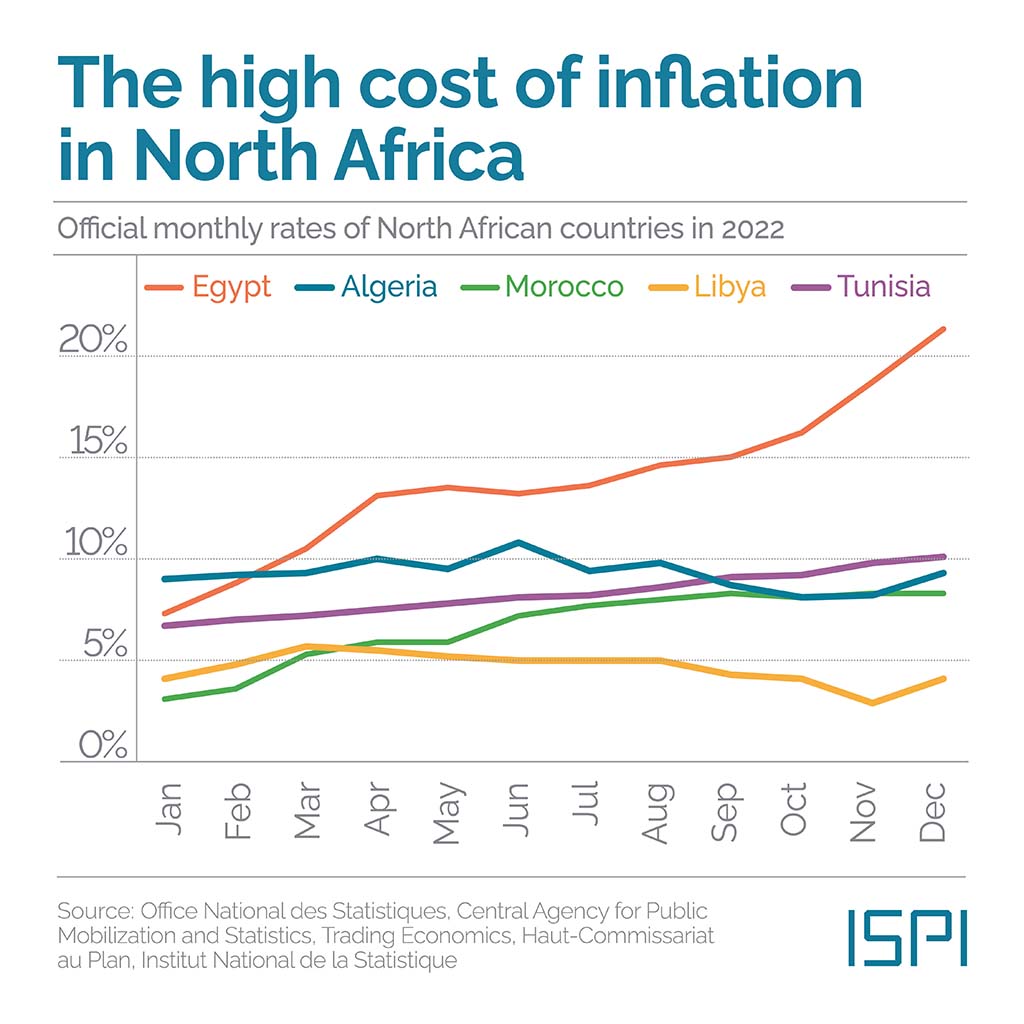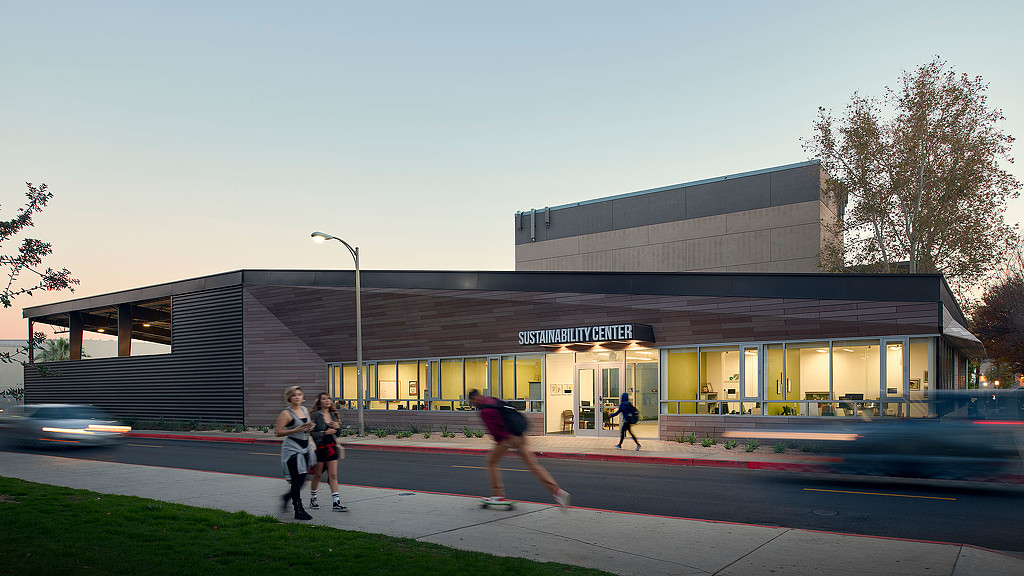Report on NYC Mayoral Race Highlighting Tensions in Global and Local SDG Application
Introduction: Political Discourse and Sustainable Development Goals
A recent development in the New York City mayoral race has brought international human rights issues and the principles of the Sustainable Development Goals (SDGs) to the forefront of local political debate. A conflict between independent candidate Andrew Cuomo and socialist candidate Zohran Mamdani centers on property ownership in Uganda, a nation whose domestic policies are in direct opposition to several key SDGs.
Core Conflict: Human Rights, Economic Levers, and SDG 16
The dispute was initiated by Mr. Cuomo, who publicly challenged Mr. Mamdani over his family’s property and recent presence in Uganda. This challenge raises questions about the consistency of advocating for human rights and the responsibilities of individuals with economic ties to nations that fail to uphold these principles.
- Mr. Cuomo called upon Mr. Mamdani to apply the principles of Boycott, Divestment, and Sanctions (BDS) to his own assets in Uganda.
- This demand was framed as a necessary response to Uganda’s laws, which Mr. Cuomo described as hateful, discriminatory, and a violation of basic human rights.
- The call for economic action connects directly to the enforcement of non-discriminatory policies, a core tenet of SDG 10 (Reduced Inequalities) and SDG 16 (Peace, Justice and Strong Institutions).
- Critics have also noted an apparent inconsistency between Mr. Mamdani’s use of private security in Uganda and his past calls to reduce police funding in New York, touching on themes of security and justice central to SDG 16.
Analysis of Uganda’s Legislative Impact on SDGs
Uganda’s legislative framework concerning LGBTQIA+ individuals presents a clear challenge to the global commitment to the Sustainable Development Goals. The country’s Constitutional Court recently upheld a law with severe penalties for homosexuality.
- Violation of SDG 5 and SDG 10: The law institutionalizes discrimination based on sexual orientation, directly contravening the aims of SDG 5 (Gender Equality) and SDG 10 (Reduced Inequalities), which call for the social and political inclusion of all people and the end of discriminatory laws.
- Violation of SDG 16: The provision allowing for the death penalty in cases of “aggravated homosexuality” is an extreme violation of SDG 16 (Peace, Justice and Strong Institutions), particularly Target 16.1, which aims to “significantly reduce all forms of violence and related death rates everywhere,” and Target 16.3, which seeks to “ensure equal access to justice for all.”
Candidate Platforms and Alignment with SDG 11 (Sustainable Cities and Communities)
In contrast to the international issues raised, Mr. Mamdani’s campaign platform for New York City demonstrates a strong focus on local implementation of SDG principles, particularly regarding inclusivity and safety for marginalized communities.
- The campaign pledges to make New York City a “refuge for LGBTQIA+ people,” aligning with SDG 11 (Sustainable Cities and Communities), which aims to make cities inclusive and safe.
- Proposals include expanding gender-affirming care and creating a dedicated Office of LGBTQIA+ Affairs to protect and support the community.
- The platform also addresses economic disparities that disproportionately affect the LGBTQIA+ community, such as higher rates of unemployment and homelessness, which connects to SDG 10 (Reduced Inequalities) and SDG 8 (Decent Work and Economic Growth).
Concluding Observations on SDG Consistency
The political exchange between the candidates underscores a broader challenge in the era of sustainable development: ensuring that commitments to SDG principles are applied consistently across local, national, and international spheres. The controversy raises critical questions for political leaders and stakeholders regarding their role in advancing the global goals.
- The debate highlights the ethical responsibilities associated with economic interests in regions where state-sponsored policies violate fundamental human rights, impacting SDG 16 and SDG 10.
- It questions the alignment between advocating for inclusive local policies, as seen in the goals for SDG 11, and personal or economic activities that may appear to conflict with those values on a global scale.
- The discussion brings to light the use of economic instruments, such as sanctions and divestment, as potential tools for holding both state and non-state actors accountable to the universal principles embedded in the Sustainable Development Goals.
Identified Sustainable Development Goals (SDGs)
The following SDGs are addressed or connected to the issues highlighted in the article:
- SDG 5: Gender Equality – This goal is relevant due to the discussion of discrimination and violence against the LGBTQIA+ community. The article highlights “hateful, discriminatory laws” in Uganda that target individuals based on their sexual orientation and gender identity, which is a core concern of achieving equality for all genders.
- SDG 8: Decent Work and Economic Growth – The article touches upon economic disparities affecting the LGBTQIA+ community in New York City. It explicitly mentions that this community faces “higher rates of unemployment,” linking the issue of social discrimination to economic outcomes and the goal of achieving full and productive employment for all.
- SDG 10: Reduced Inequalities – This is a central theme of the article. It addresses inequality on two fronts: internationally, with Uganda’s laws that “violate basic human rights” and persecute a specific population group, and locally in New York City, where the LGBTQIA+ community faces a “cost of living crisis” and higher rates of homelessness and unemployment. The goal aims to empower and promote the inclusion of all, irrespective of “other status,” which includes sexual orientation.
- SDG 11: Sustainable Cities and Communities – The article discusses the quality of life and safety within New York City. Mamdani’s platform aims to make NYC a “sanctuary city” and a “refuge for LGBTQIA+ people,” addressing issues like “higher rates of… homelessness” within this community, which directly relates to the goal of making cities inclusive, safe, and sustainable.
- SDG 16: Peace, Justice and Strong Institutions – This goal is directly connected to the discussion of Uganda’s legal system. The article describes a law that “murders LGBTQIA+ people” and allows the “death penalty for ‘aggravated homosexuality’.” This represents a failure of justice and the rule of law, and the call to “overturn their hateful, discriminatory laws” is a call to build more just and inclusive institutions.
Specific SDG Targets
Based on the article’s content, the following specific targets can be identified:
-
Target 10.2: “By 2030, empower and promote the social, economic and political inclusion of all, irrespective of age, sex, disability, race, ethnicity, origin, religion or economic or other status.”
- This target is relevant to both the situation in Uganda, where laws actively promote the exclusion of LGBTQIA+ people, and in New York City, where Mamdani’s platform calls for protecting and creating a “refuge for LGBTQIA+ people.”
-
Target 10.3: “Ensure equal opportunity and reduce inequalities of outcome, including by eliminating discriminatory laws, policies and practices and promoting appropriate legislation, policies and action in this regard.”
- Cuomo’s call to “overturn their hateful, discriminatory laws” in Uganda directly aligns with this target’s aim to eliminate such legislation.
-
Target 16.1: “Significantly reduce all forms of violence and related death rates everywhere.”
- The article’s reference to Uganda’s law that “murders LGBTQIA+ people” and allows the “death penalty” for homosexuality is a direct example of state-sanctioned violence that this target seeks to reduce.
-
Target 16.b: “Promote and enforce non-discriminatory laws and policies for sustainable development.”
- The entire discussion around Uganda’s “anti-LGBT policies” and “hateful, discriminatory laws” is in direct opposition to this target. The call for their repeal is a call to action towards achieving it.
-
Target 8.5: “By 2030, achieve full and productive employment and decent work for all women and men… and equal pay for work of equal value.”
- The article’s mention of the LGBTQIA+ community in NYC facing “higher rates of unemployment” points to a failure to achieve this target for a specific demographic group.
-
Target 11.1: “By 2030, ensure access for all to adequate, safe and affordable housing and basic services and upgrade slums.”
- The reference to the LGBTQIA+ community experiencing “higher rates of… homelessness” in New York City connects directly to the challenge of ensuring adequate housing for all, as outlined in this target.
Implied Indicators for Measurement
The article mentions or implies the following indicators that can be used to measure progress:
- Existence of discriminatory laws: The article explicitly points to Uganda’s “anti-gay law that allows the death penalty.” The existence or repeal of such laws is a direct indicator for measuring progress towards Target 10.3 and Target 16.b.
- Violence and mortality rates based on sexual orientation: The statement that Uganda’s law “murders LGBTQIA+ people” implies that a key indicator for Target 16.1 would be the number of deaths and violent acts committed against individuals due to their sexual orientation.
- Unemployment rates by population group: The article states that the LGBTQIA+ community in NYC faces “higher rates of unemployment.” This specific unemployment rate is a direct indicator for measuring progress towards Target 8.5.
- Homelessness rates by population group: The mention of “higher rates of… homelessness” among the LGBTQIA+ community implies that the rate of homelessness for this specific group is an indicator for measuring access to adequate housing under Target 11.1.
- Provision of inclusive public services: Mamdani’s platform promise of “expanding and protecting gender-affirming care citywide” implies that the availability and accessibility of such specific healthcare services is an indicator of an inclusive city and progress towards universal health coverage (related to SDG 3).
Summary of SDGs, Targets, and Indicators
| SDGs | Targets | Indicators (Mentioned or Implied in the Article) |
|---|---|---|
| SDG 10: Reduced Inequalities |
10.2: Promote social, economic and political inclusion of all.
10.3: Ensure equal opportunity and reduce inequalities of outcome, including by eliminating discriminatory laws. |
The existence of “hateful, discriminatory laws” in Uganda.
The need for NYC to be a “refuge for LGBTQIA+ people” due to a “hostile political environment.” |
| SDG 16: Peace, Justice and Strong Institutions |
16.1: Significantly reduce all forms of violence and related death rates.
16.b: Promote and enforce non-discriminatory laws and policies. |
The existence of a law that “murders LGBTQIA+ people” and allows the “death penalty for ‘aggravated homosexuality’.”
The call to “overturn” these laws which “violate basic human rights.” |
| SDG 8: Decent Work and Economic Growth | 8.5: Achieve full and productive employment and decent work for all. | The mention of “higher rates of unemployment” among the LGBTQIA+ community in NYC. |
| SDG 11: Sustainable Cities and Communities | 11.1: Ensure access for all to adequate, safe and affordable housing. | The mention of “higher rates of… homelessness” within the LGBTQIA+ community in NYC. |
| SDG 5: Gender Equality | 5.1: End all forms of discrimination against all women and girls everywhere. (Interpreted broadly to include gender identity and sexual orientation). | The discussion of “anti-LGBT policies” and a “hostile political environment” for “queer and trans people.” |
Source: foxnews.com







